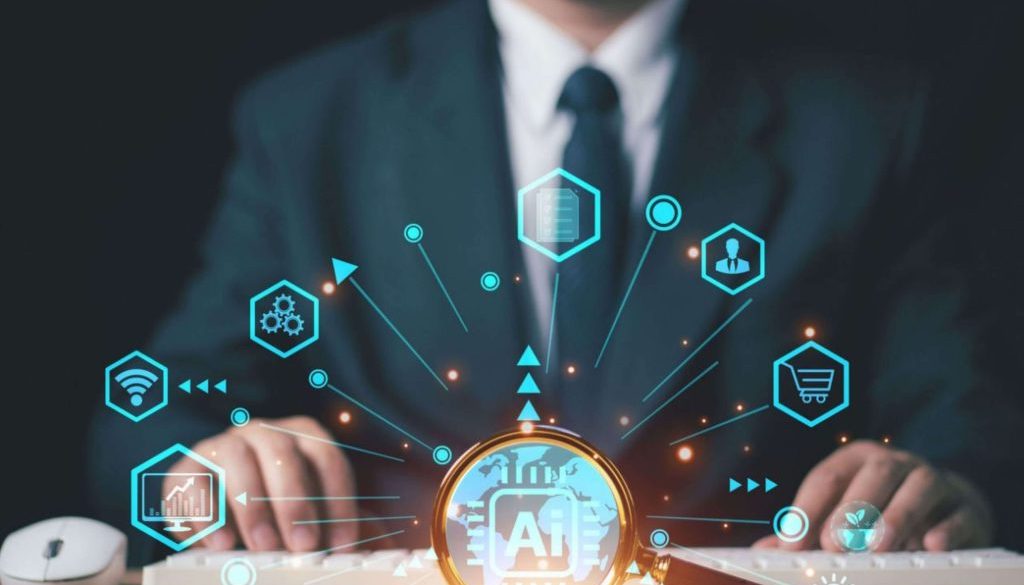The Future of the Web: How Emerging Technologies Are Redefining the Digital Experience
In the ever-evolving landscape of technology, the web remains the central hub of innovation and connectivity. From the earliest HTML pages of the 1990s to today’s AI-driven, interactive, and decentralized digital ecosystems, the web has undergone a radical transformation. As we step deeper into the 2020s, several technological trends are reshaping how users interact, businesses operate, and developers build. The convergence of artificial intelligence, Web3, cloud computing, and immersive experiences like the metaverse is not just redefining the web—it’s reinventing it entirely.
1. The Rise of AI-Powered Web Experiences
Artificial intelligence (AI) has become the backbone of modern web technologies. From personalized content recommendations on streaming platforms to conversational interfaces on websites, AI is shaping user experiences like never before.
One of the most significant advancements has been the integration of AI chatbots and virtual assistants into websites and web applications. These tools allow businesses to offer 24/7 support, automate responses, and even personalize the shopping experience. With large language models (LLMs) like GPT-5 now capable of understanding context and nuance, the web is becoming more intuitive and responsive to user intent.
AI is also enhancing web design and development. Tools such as Figma’s AI assistants and GitHub Copilot automate design generation and code completion, drastically reducing development time. Moreover, AI-driven analytics platforms enable marketers to optimize user engagement through predictive modeling, making websites smarter and more efficient.
In the coming years, we can expect AI to push beyond personalization into autonomous web applications, capable of adapting content and layout dynamically based on user mood, behavior, and even biometric feedback.
2. Web3 and the Decentralized Internet
Another major shift is the emergence of Web3, a decentralized iteration of the internet powered by blockchain technology. Unlike Web2, where platforms like Google and Facebook dominate data ownership, Web3 aims to return control to the users themselves.
Through decentralized applications (dApps), smart contracts, and token-based economies, Web3 fosters transparency, security, and community-driven ecosystems. Users can now own digital assets, manage identity through self-sovereign wallets, and participate in governance models that reward engagement rather than data exploitation.
The growth of decentralized finance (DeFi) and non-fungible tokens (NFTs) demonstrates how Web3 can revolutionize digital ownership. For creators, this means the ability to monetize directly through blockchain, bypassing traditional intermediaries. For consumers, it means enhanced control over personal data and online identity.
However, challenges remain. Web3 faces scalability issues, energy concerns, and a steep learning curve for mainstream adoption. Yet, as infrastructure improves and user experience becomes more seamless, decentralized web applications may well become the new norm within the next decade.

3. The Cloud-First Web: Scalability and Global Accessibility
The web’s evolution is inseparable from the rise of cloud computing. Once a tool for data storage, the cloud has evolved into a foundation for everything from web hosting to machine learning.
Modern websites and applications are now built on serverless architectures—where developers deploy code without managing physical servers—enabling faster scaling and lower costs. Companies like Amazon Web Services (AWS), Microsoft Azure, and Google Cloud have made it easier than ever to build global platforms with minimal infrastructure investment.
Moreover, edge computing, a natural extension of the cloud, is improving web performance by processing data closer to the user’s location. This leads to faster loading times, reduced latency, and a smoother overall experience—particularly crucial for streaming, gaming, and real-time applications.
The cloud’s impact extends beyond performance; it’s also reshaping cybersecurity. Advanced cloud-based security frameworks leverage AI to detect and mitigate threats in real time, ensuring safer transactions and communications across the web.
4. The Immersive Web: AR, VR, and the Metaverse
As the lines between the physical and digital worlds blur, immersive technologies are creating entirely new web experiences. Augmented reality (AR) and virtual reality (VR) are no longer confined to gaming—they’re being integrated into e-commerce, education, and remote work.
Imagine browsing a furniture website where you can visualize how a couch looks in your living room using AR, or attending a business meeting in a 3D virtual workspace. These experiences, powered by WebXR and advanced rendering engines, are transforming static web pages into interactive environments.
The metaverse, though still in its infancy, represents the next phase of this evolution. It’s envisioned as a network of interconnected virtual spaces where users can work, shop, and socialize. Companies like Meta, Apple, and Nvidia are heavily investing in this vision, developing tools that will merge AI, spatial computing, and blockchain into a unified web experience.
As hardware like AR glasses and VR headsets become more affordable and lightweight, the immersive web could redefine how we perceive online interaction.
5. The Ethical and Sustainable Future of the Web
With great technological power comes great responsibility. As the web grows more advanced, ethical and environmental concerns become increasingly critical.
AI algorithms, while powerful, raise issues around bias, data privacy, and misinformation. Decentralized systems must address the environmental impact of blockchain mining, while cloud infrastructure providers face scrutiny over energy consumption.
Fortunately, the industry is moving toward solutions such as green data centers, carbon-neutral hosting, and ethical AI frameworks. Developers and companies are also adopting privacy-by-design principles, ensuring user consent and transparency are prioritized from the start.
Sustainability is not just an environmental imperative but a competitive advantage. Consumers are becoming more conscious of digital ethics, and businesses that prioritize responsible innovation will likely gain trust and longevity in the next era of the web.

6. What Lies Ahead
The web of the future will not be defined by any single technology but by the interconnection of many—AI, blockchain, AR/VR, and the cloud working together in harmony. This convergence will create a seamless, intelligent, and decentralized web ecosystem.
We are heading toward an era where the web is not just a platform but a living, adaptive network, capable of understanding, predicting, and even co-creating with its users.
The next generation of developers, entrepreneurs, and creators will build not just websites but digital worlds, powered by automation, secured by cryptography, and sustained by community governance.
As the web continues to evolve, one truth remains clear: innovation thrives on connection. The future of the web isn’t about replacing what came before—it’s about enhancing our collective digital experience in ways that are more intelligent, immersive, and inclusive than ever before.




